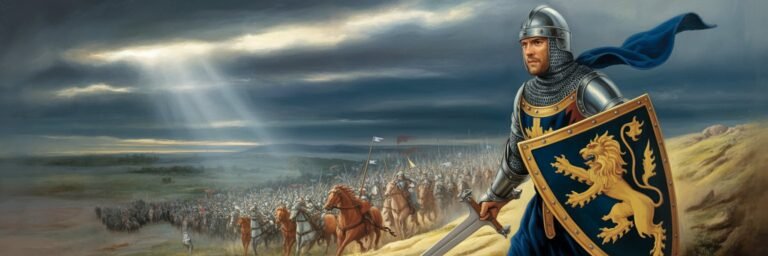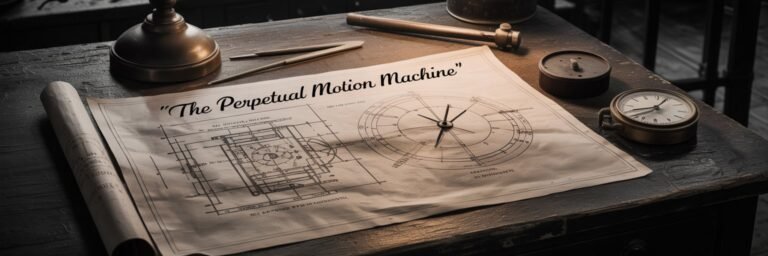INTRODUCTION
The history of civilization is intertwined with many stories of conspiracy, subterfuge, and secret dealings. Some have altered the course of nations; others have shaped the perception of historical figures as heroes or villains. This complex dance of shadow and deceit, imbued with larger-than-life personalities, is as much a part of our human narrative as any open battle fought or treaty signed. This article will unravel the intricate webs from some of history’s most poignant conspiracies, exploring the titans at their heart, who loom as both infamous villains and legendary heroes.
HISTORICAL BACKGROUND
Conspiracies have been woven into the fabric of human history from the moment individuals began pondering on power dynamics. An early example dates back to Ancient Rome’s transition from a Republic to the Empire, a shift fueled by the conspiracy to murder Julius Caesar. Shrouded in secrecy, a group led by Brutus and Cassius plotted to stab the dictator, believing his death a necessary evil to preserve the Republic’s liberty—a conspiracy that has since forever altered history’s perception of them. Was Brutus a villain for his treachery, or a hero for defending the Republic’s principles?
Another defining conspiracy capable of sending tremors through a nation was the Gunpowder Plot of 1605. The brains behind this endeavor, Robert Catesby, sought to annihilate the Protestant-centric House of Lords to withdraw the oppression faced by English Catholics. The plot’s failure allowed Guy Fawkes, the conspirator caught red-handed, to emerge as a cultural icon—a villain to some, a martyr to others.
THEORIES AND INTERPRETATIONS
The intent behind these historic conspiracies often opens the door to varied interpretations and theoretical arguments. Regarded from one angle, Brutus and Cassius acted as Rome’s saviors, preserving the concept of democracy. Others argue the Senate was already corrupted and Caesar, intent on social reform, was perhaps the true hero who fell victim to the self-serving aristocracy.
Similar ambiguous interpretations envelope the Gunpowder Plot. While the plot’s goal of regicide and terror were unequivocally wrong, it also shed light on the deep-seated religious inequality prevalent during England’s time. Some therefore view the conspirators less as villains and more victims of deeply ingrained intolerance.
MYSTERIES AND CONTROVERSIES
The nature of conspiracies tends to envelop them in a cloud of mystery and controversy. Despite comprehensive historical accounts, we often grapple with multiple versions of the truth. The theories surrounding the assassination of President John F. Kennedy, for instance, are steeped in controversy. The lone gunman, Lee Harvey Oswald, was quickly painted as the villain. However, alternative narratives propose multiple shooters and the involvement of organized crime or governmental entities, further muddying the waters.
In an older conspiracy- Elizabethan England’s alleged plot against Mary, Queen of Scots, historians question if it was a genuine conspiracy or a setup driven by political machinations to remove Mary from the throne.
SYMBOLISM AND CULTURAL SIGNIFICANCE
Conspiracies often transcend their factual cores and symbolize larger cultural narratives. Brutus’ betrayal of his mentor, Julius Caesar, has become a universal symbol of the ultimate treachery. Still, Shakespeare’s portrayal of Brutus as an honorable man imbues him with a complex heroic aura.
Guy Fawkes has morphed into an anti-establishment symbol. His image, particularly the stylized mask, has been adopted globally by protestors seeking to confront perceived oppressions.
MODERN INVESTIGATIONS
Given their often enigmatic nature, historical conspiracies are ripe ground for revision and modern investigation. Technological advancements, new evidence, and renewed interpretation sometimes bring fresh perspectives. The Warren Commission’s conclusion that Oswald acted alone in assassinating Kennedy has been questioned by acoustic analysis suggesting a second shooter.
Scholarly reevaluations concerning Mary, Queen of Scots, give credence to Elizabeth I’s spymaster, Francis Walsingham, creating a trap that ensnared Mary in a fabricated conspiracy change our understanding of these historical events.
LEGACY AND CONCLUSION
The complex duality of those at the heart of historic conspiracies, their roles as both heroes and villains, haunts us centuries later. Brutus has been immortalized both as a noble defender of democracy and a treacherous murderer. Guy Fawkes’ image of dissent against oppressive government has transcended his historical reality.
As we delve deeper into these historic intrigues, we find that such conspiracies, and the figures entwined within them, offer a significant understanding not just of our history but also how we perceive heroism and villainy. Perhaps the truest legacy of these historic conspiracies is the lesson that the distinction between a hero and a villain often lies in the perspective of the beholder.
Rich, fascinating, and nuanced, the stories of these heroes and villains of historical conspiracies provide us an invaluable compass to navigate our understanding of human nature and its role within the broader theatrics of our shared history.






